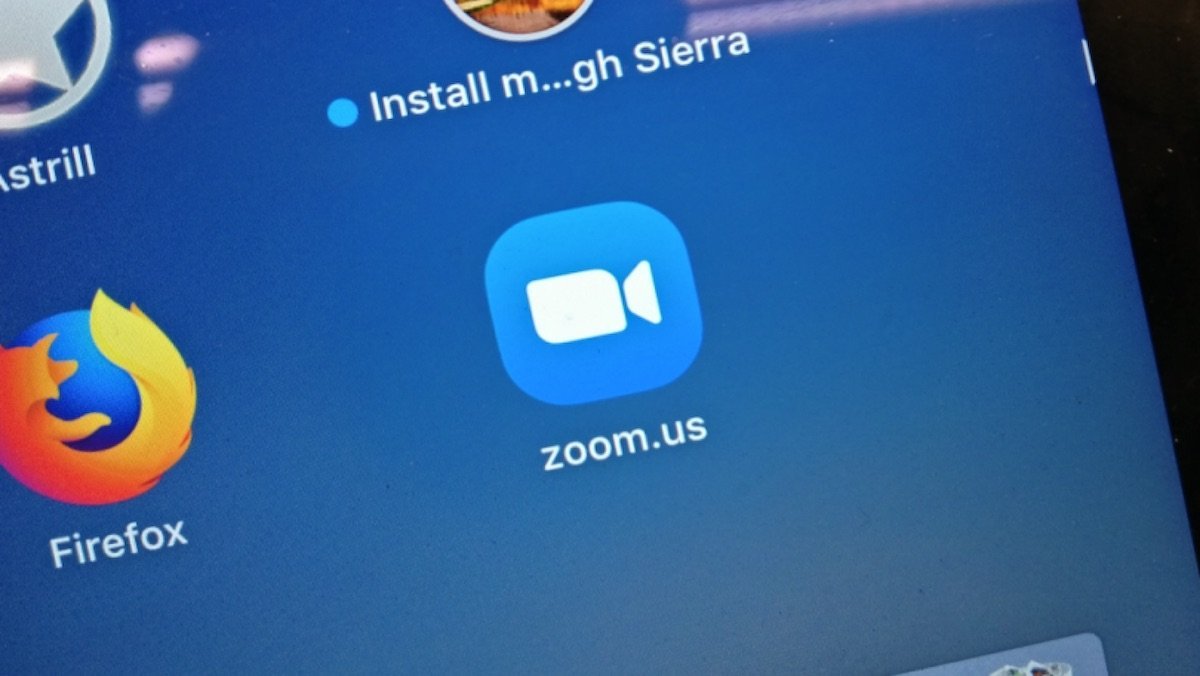As a security measure, Zoom has enabled virtual waiting room and meeting passwords by default to resolve trolling issues by intruders. The new security features are in effect for all new meetings – scheduled, instant and via meeting ID. Both the features will give a sense of security to users to continue using the platform for educational, business and personal use.

In the ‘waiting room’, participants/attendees queue in to gain access to an online session by the host’s permission. Even with password protection, participants will have to wait for the host to allow entry. From the waiting room, the host has the option to remove unidentified participants. Default passwords are generated automatically and are embedded in the ‘invitation URL’. for quick access to Zoom meetings. Users can copy and send the invitation links to participants before initialing the session.
These features are designed to address online trolling during audio and video meetings, classes or personal calls. The trolls create disruptions by annotating on the host’s screen, attacking participants with abusive, racist and sexist slurs in chat, using offensive backgrounds in video calls and more. The problem got so out of hand that these trolls were called Zoom bombers.
COVID-19 changed the course of life for every individual in the world, pushing socializing, education and business activities online, and in that transition from physical to virtual, Zoom became a popular choice In March, daily users on Zoom’s platform jumped to 200 million from 10 million in December 2019. The staggering numbers earned the platform number one ranking, and also brought it under spotlight for its major security and privacy issues.
A string of investigations have revealed that the company has weak security walls which do not ensure protection of user’s personal information and video recordings. Contrary to Zoom’s claims, the platform does not support end-to-end encryption for video calls, which has raised a red flag that Zoom might be saving users data or selling it to a third party. A story by The Washington Post brought forth presence of user’s video recordings on the open web due to the company’s weak file naming convention. An Ex-NSA hacker found that Mac users were vulnerable to attacks which could allow access to their webcams, and microphones via the Zoom app.
In conclusion, Zoom has a lot of work cut out for it to ensure user safety. Although new features seem minor at the moment, they are steps in the right direction to make the platform a secure place for its customers.
4 comments
Comments are closed.